The Evolution of Xhosa Traditional Attire: From Tradition to Modern Fashion
The Evolution of Xhosa Traditional Attire: From Tradition to Modern Fashion
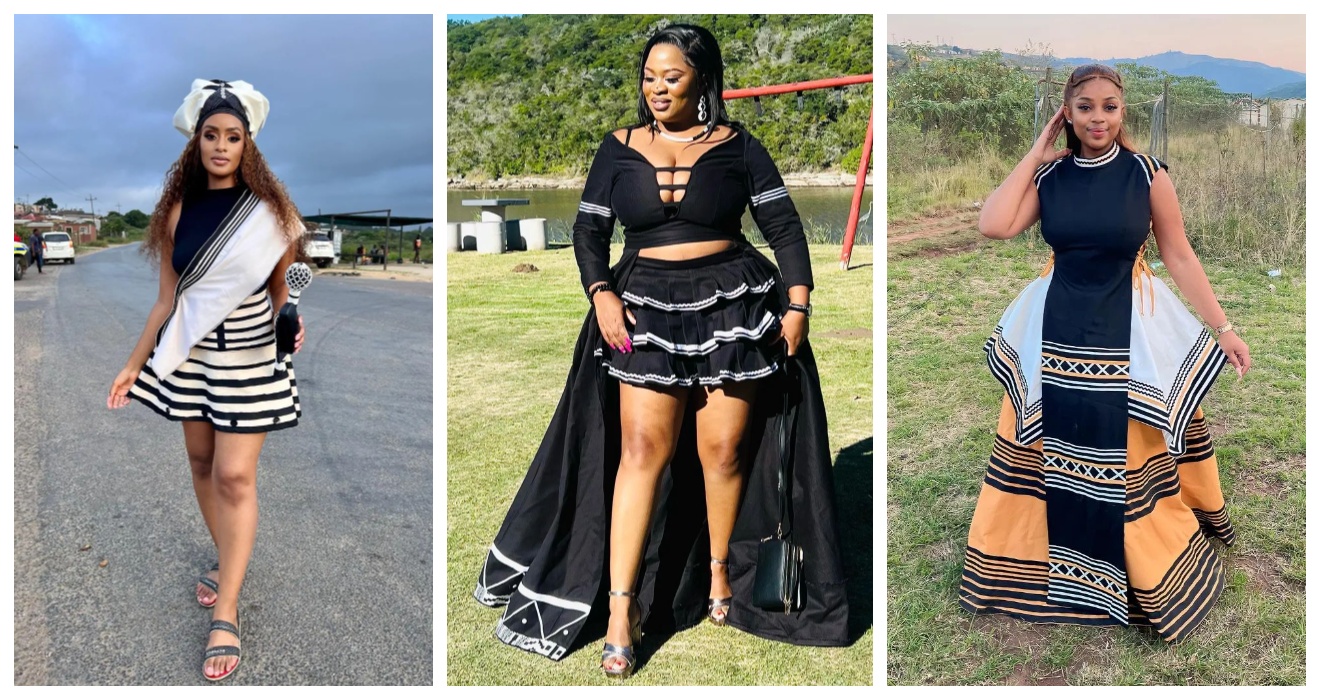
Introduction
Xhosa traditional attire has evolved over the years, blending tradition and modern fashion to create a unique and vibrant style. From its deep-rooted significance in Xhosa culture to its influence on contemporary fashion, the evolution of Xhosa traditional attire is a fascinating journey.
Introduction to Xhosa traditional attire and its significance in Xhosa culture
Xhosa traditional attire holds immense importance in the rich cultural heritage of the Xhosa people. It not only represents their history, beliefs, and values but also serves as a means of identity and expression. The attire includes various garments like the isidwaba (wrap skirt), ibheshu (leather apron), and imibhaco (decorative panels). These pieces are adorned with intricate beadwork and patterns that convey symbolic meanings.
In recent years, Xhosa traditional attire has experienced a resurgence as a fashion statement, not just within the Xhosa community, but also in mainstream fashion. Designers have found inspiration in the bold colors, unique silhouettes, and intricate details of Xhosa traditional attire, incorporating elements into modern clothing designs.
The evolution of Xhosa traditional attire reflects the dynamic nature of culture and society. It embraces tradition while embracing contemporary fashion trends, creating a fusion that celebrates heritage and creativity. Today, Xhosa traditional attire is worn proudly during cultural ceremonies, weddings, and special occasions, preserving and promoting the cultural identity of the Xhosa people.
The journey from tradition to modern fashion has allowed Xhosa traditional attire to gain recognition on both local and international stages. It serves as a visual representation of the resilience and beauty of Xhosa culture, captivating audiences with its vibrant colors, intricate beadwork, and timeless elegance.
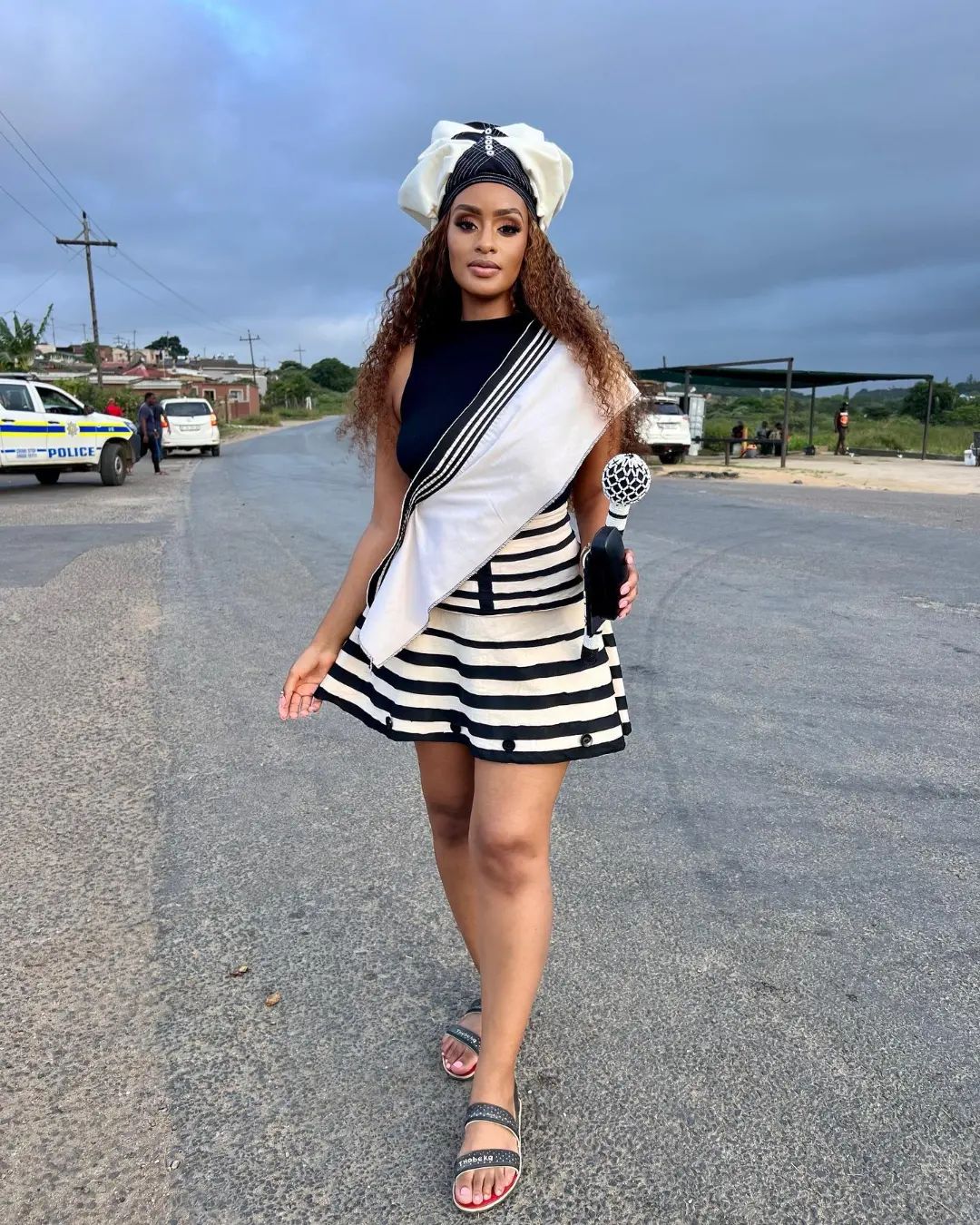
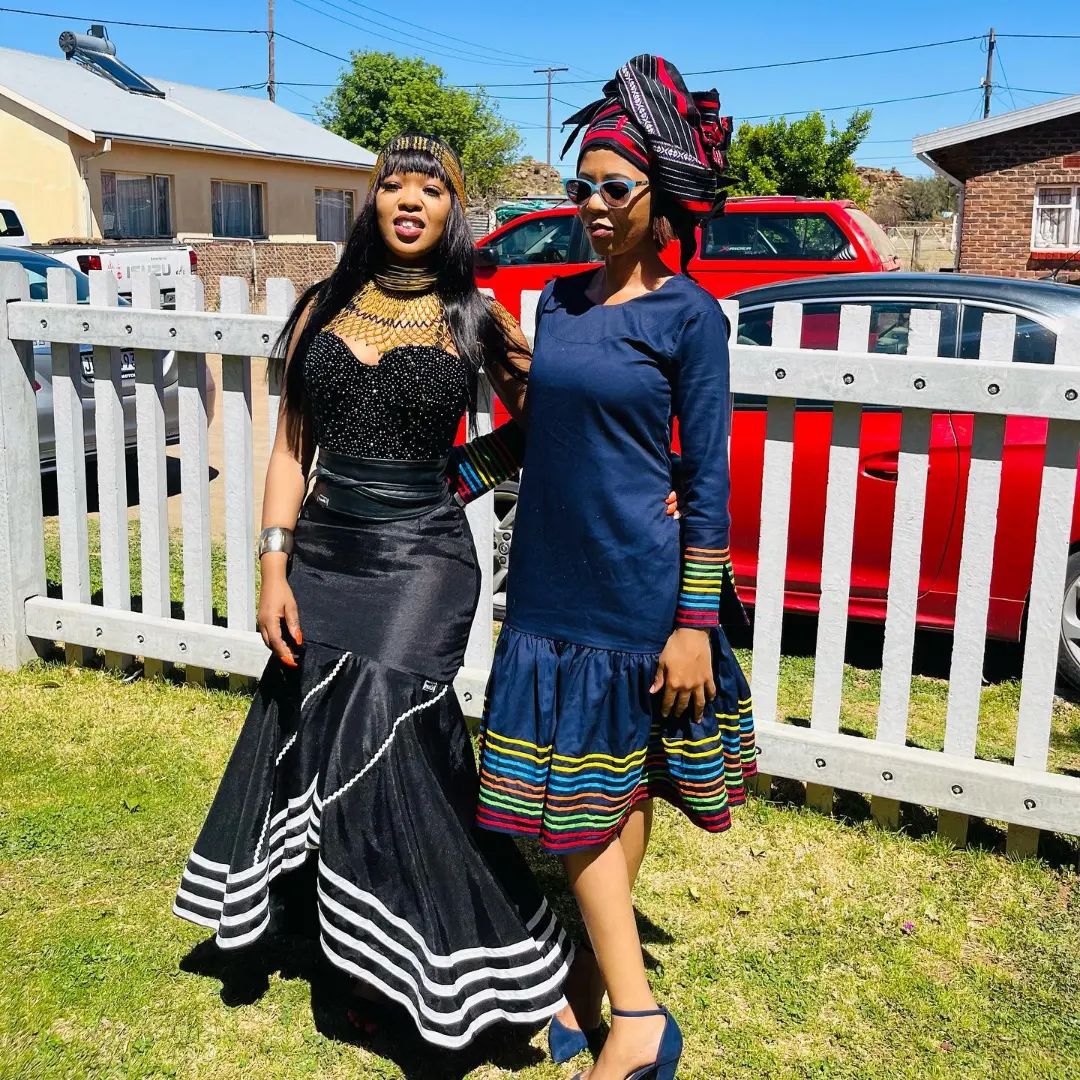
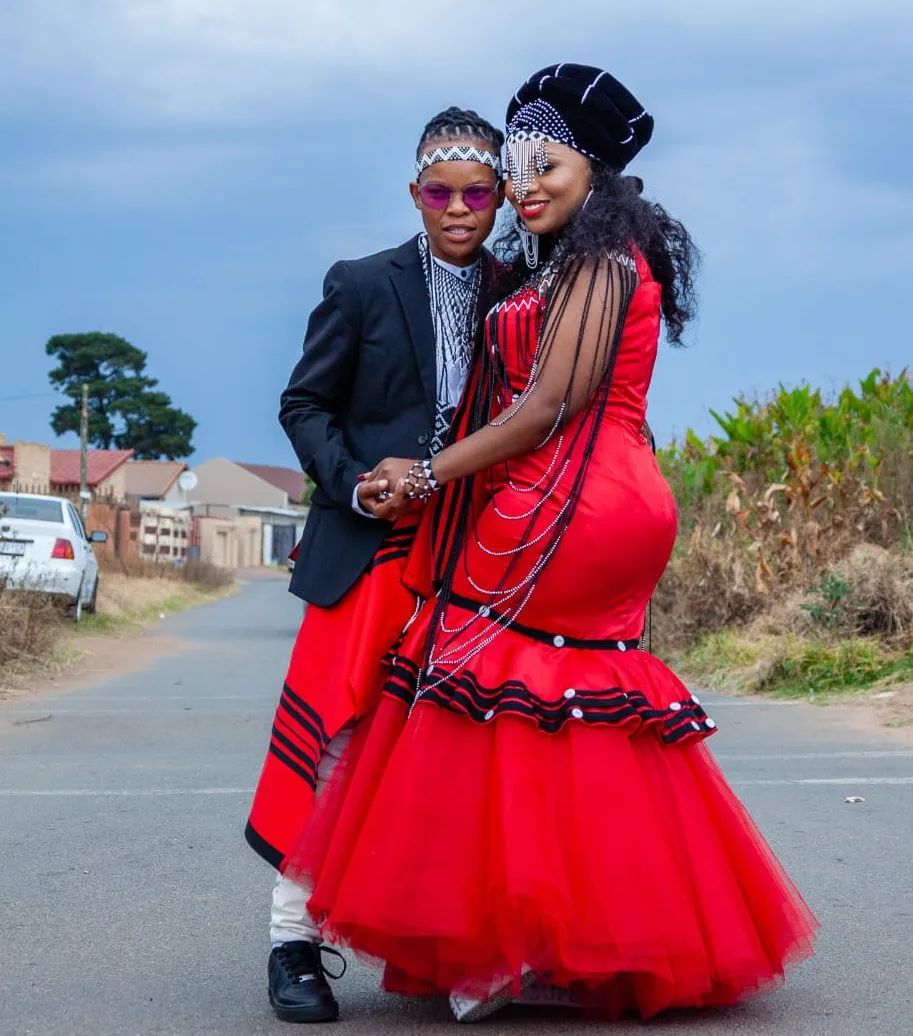
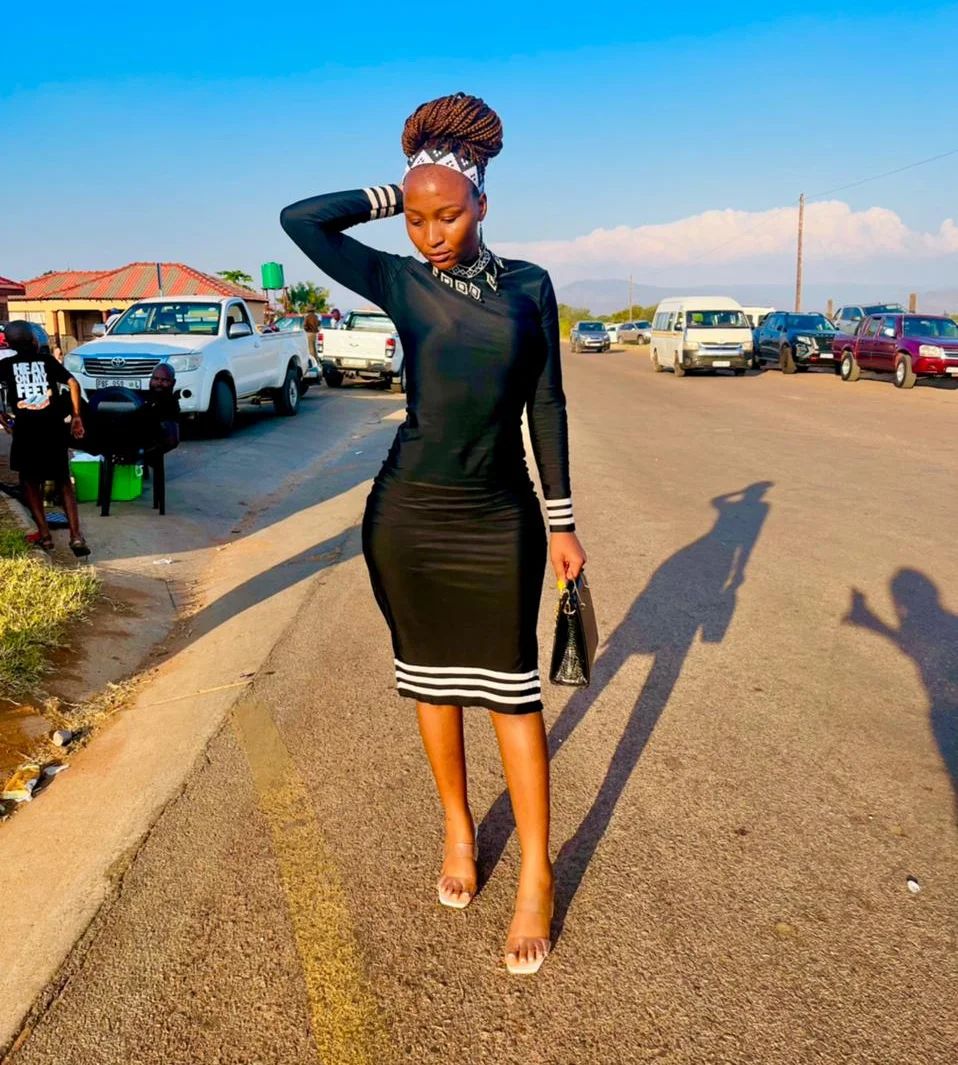
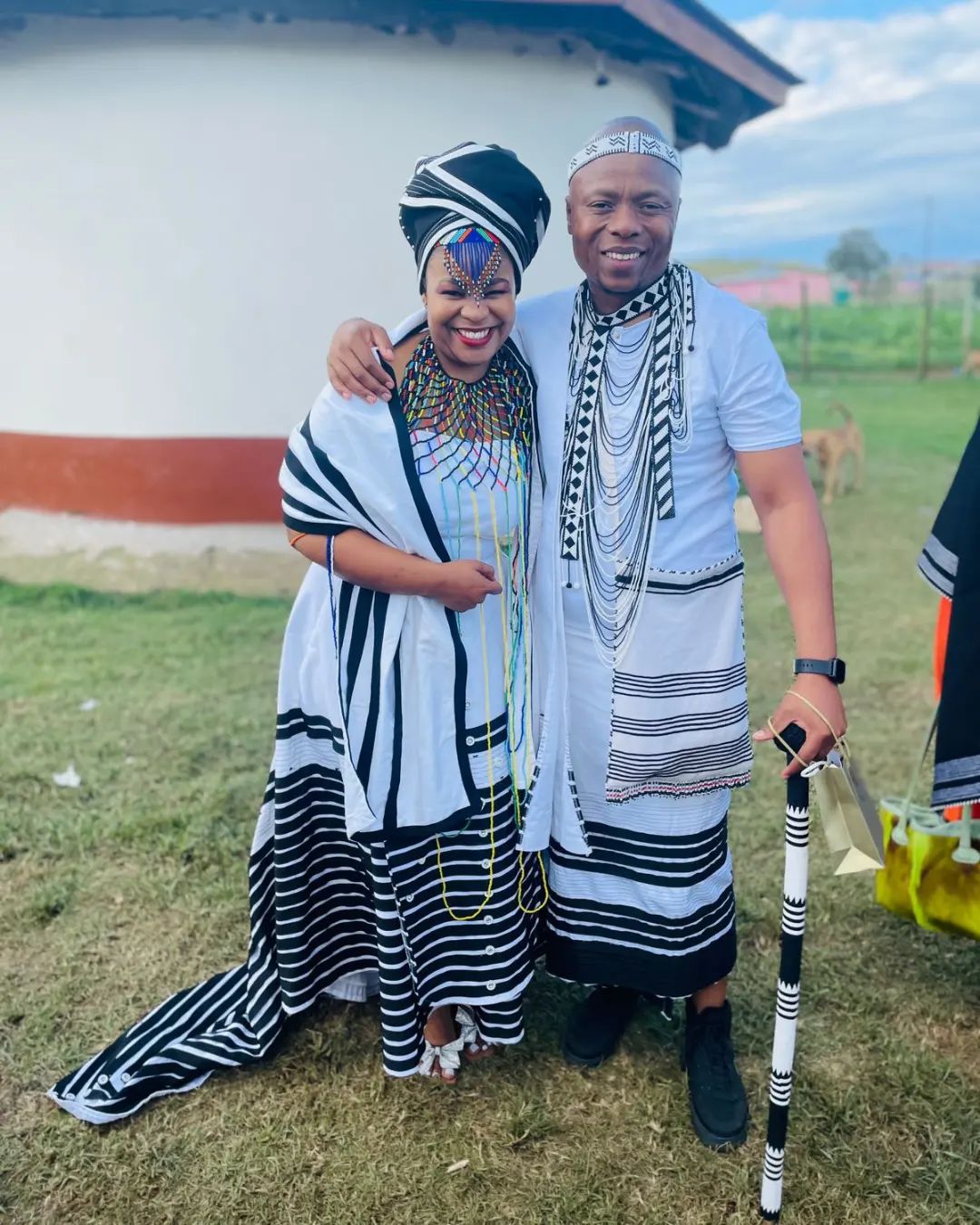
Traditional Xhosa Attire
Overview of traditional Xhosa attire, including clothing, accessories, and symbolism
Xhosa traditional attire holds a deep cultural significance and has evolved over the years from being purely traditional to embracing modern fashion influences. Traditional Xhosa clothing includes garments like the “isikhakha,” a grass skirt worn by women, and the “umbhaco,” a beautifully adorned robe worn by men.
Accessories play an integral role in completing the traditional Xhosa attire. The “face paint” or “white clay” application is a symbol of beauty and signifies different stages of life. Beadwork and jewelry made from natural materials like cowrie shells are also a common feature, adding intricate details and personal expression to the overall look.
Symbolism plays a key role in Xhosa traditional attire. Colors represent different meanings: red symbolizes bravery and strength, while black represents the ancestors and spirituality. Patterns and designs on clothing and accessories often hold cultural significance, telling stories of heritage, identity, and community ties.
In recent years, Xhosa traditional attire has gained popularity in mainstream fashion. Influential designers have infused modern elements into Xhosa clothing, combining contemporary silhouettes, bold colors, and innovative materials to create unique designs that pay homage to tradition while catering to modern fashion tastes.
This evolution has allowed the modern Xhosa fashion scene to flourish, with Xhosa-inspired designs showcased on international runways and embraced by fashion-forward individuals who appreciate the rich cultural heritage embedded in each garment.
The transformation from tradition to modern fashion signifies the resilience and adaptability of Xhosa culture. It is a celebration of the past while embracing the present, ensuring that the timeless beauty of Xhosa traditional attire continues to captivate hearts around the world.
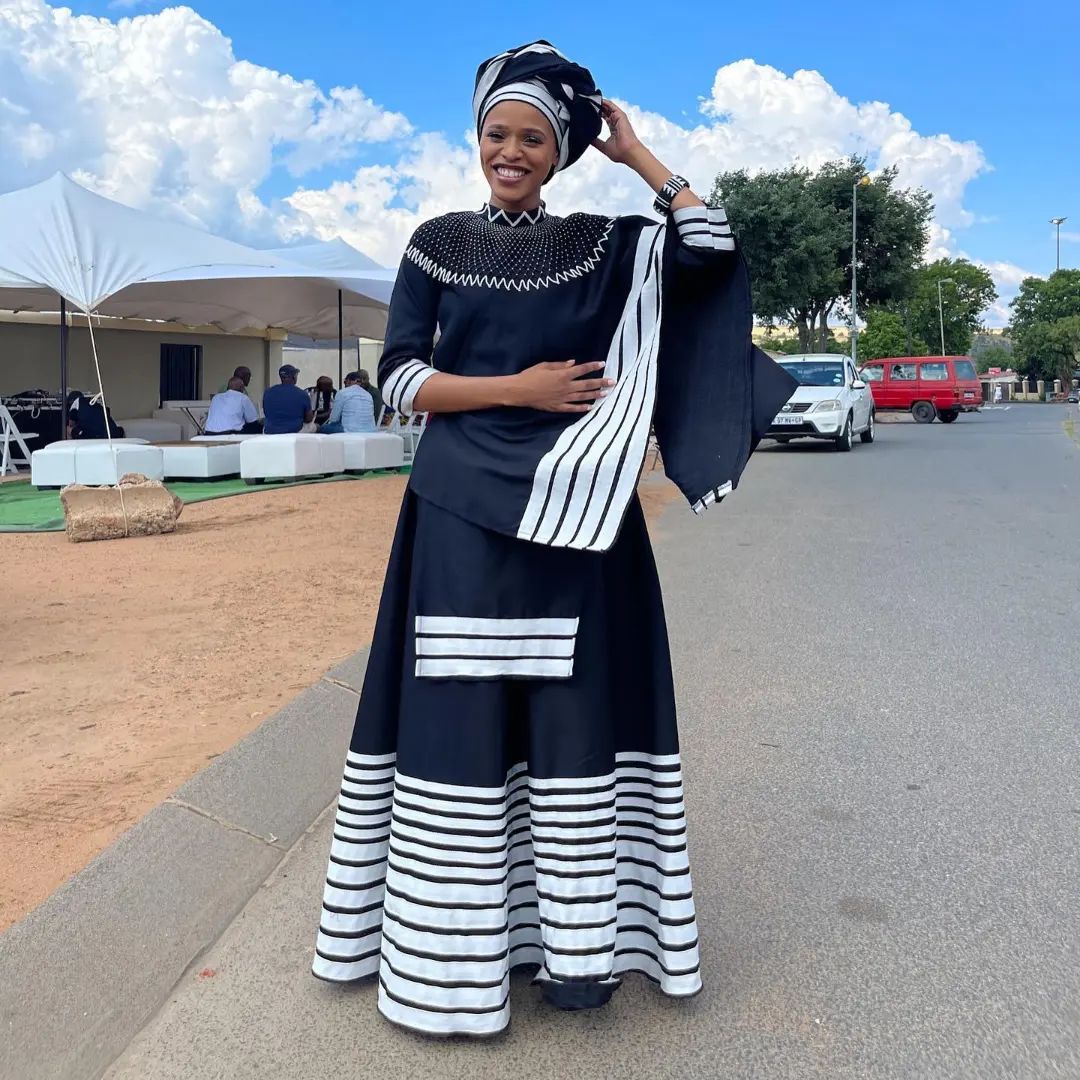
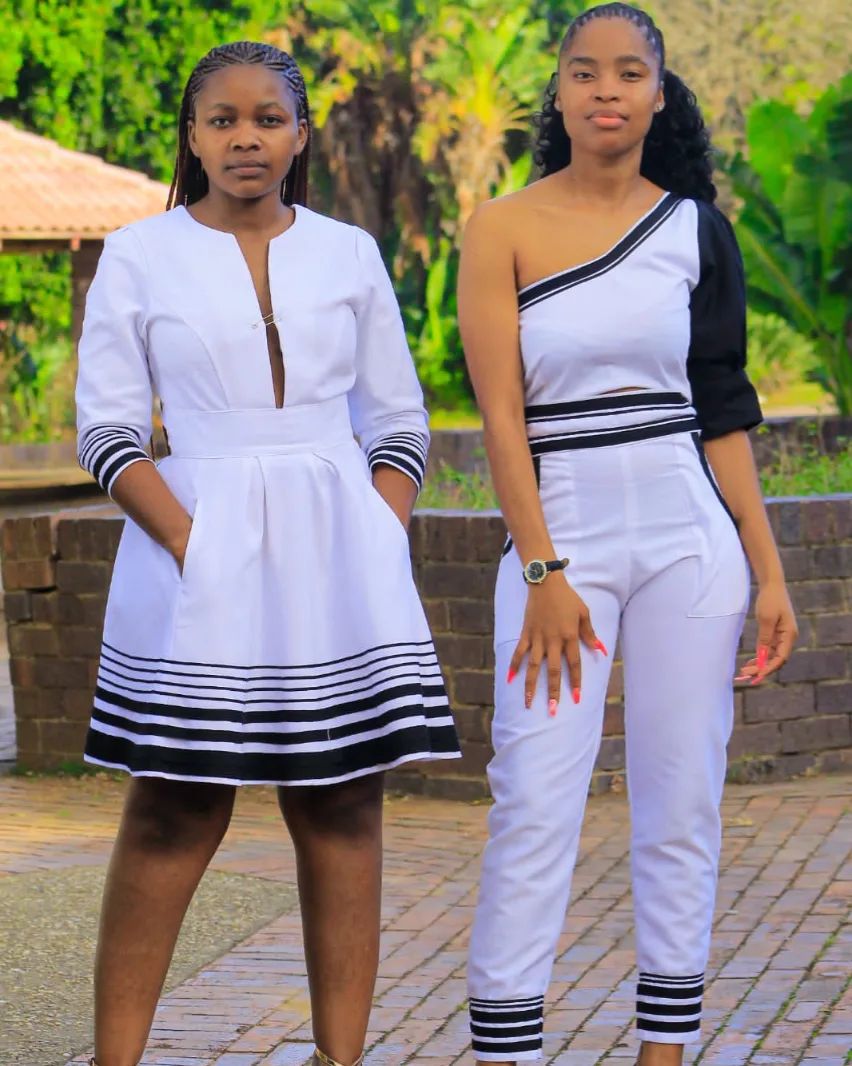
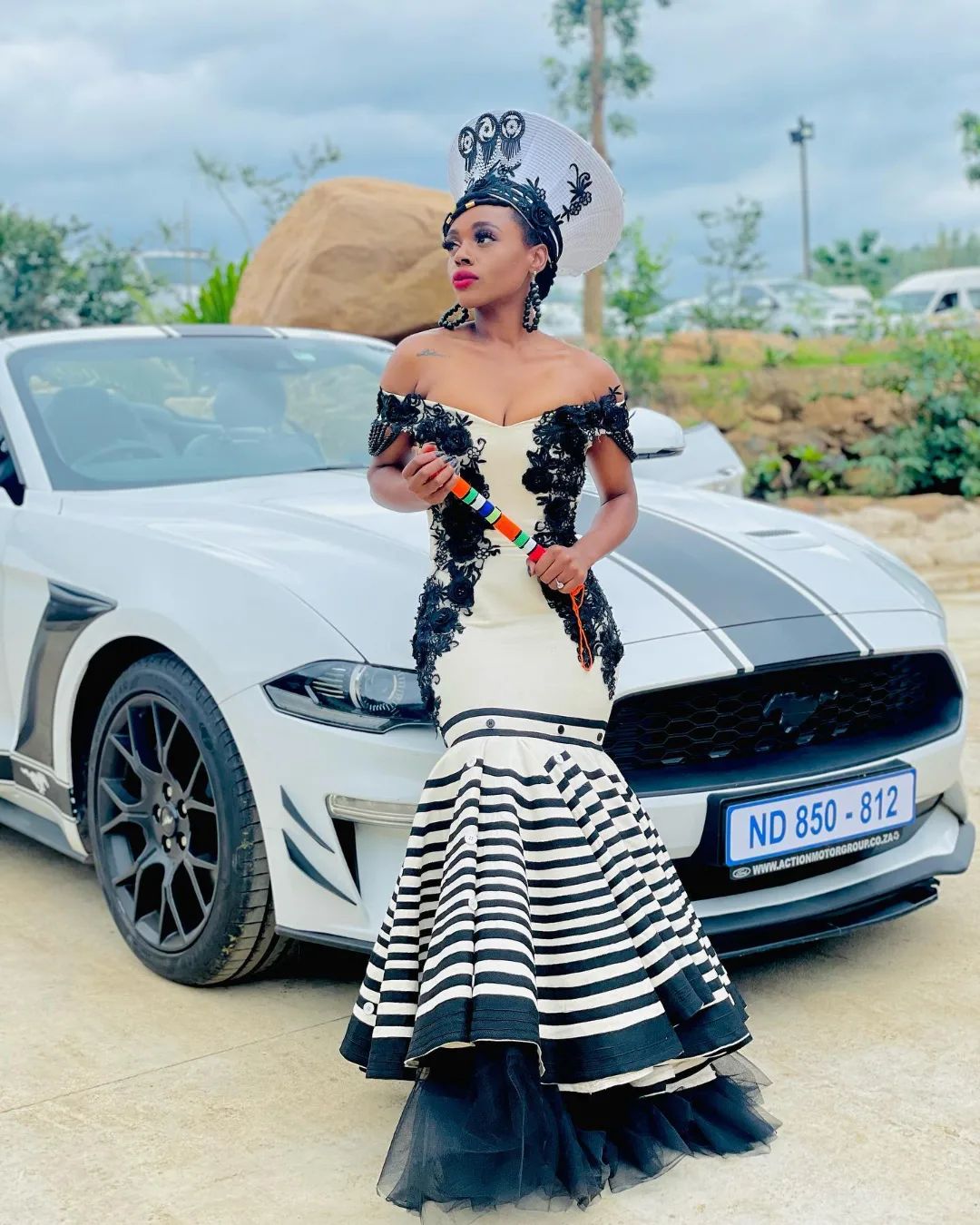
Historical Evolution
The historical evolution of Xhosa traditional attire and its adaptation over time
Xhosa traditional attire has a rich history that spans centuries. It has evolved from its traditional roots to embrace modern influences and trends, blending tradition with contemporary fashion.
Originally, Xhosa traditional attire consisted of animal skins and woven grass. Over time, the use of natural dyes and intricate beadwork became widespread, adding vibrant colors and intricate designs to the garments. These elements not only served as a form of expression but also showcased the wearer’s social status and cultural identity.
As time progressed, Xhosa traditional attire began to adapt to changing societal norms and influences. The introduction of new fabrics, such as cotton and silk, allowed for more diverse clothing options. Western styles also made their way into Xhosa fashion, with European clothing styles influencing the design elements of traditional attire.
Today, Xhosa traditional attire has embraced modern fashion trends while still maintaining its cultural heritage. Fashion designers have incorporated contemporary cuts, patterns, and fabrics into traditional garments, creating a fusion that appeals to both younger generations and those who want to celebrate their cultural heritage.
The evolution of Xhosa traditional attire reflects the dynamic nature of fashion and the ability to adapt while still honoring its roots. It serves as a testament to the resilience and creativity of the Xhosa people in preserving their traditions while embracing the modern world.
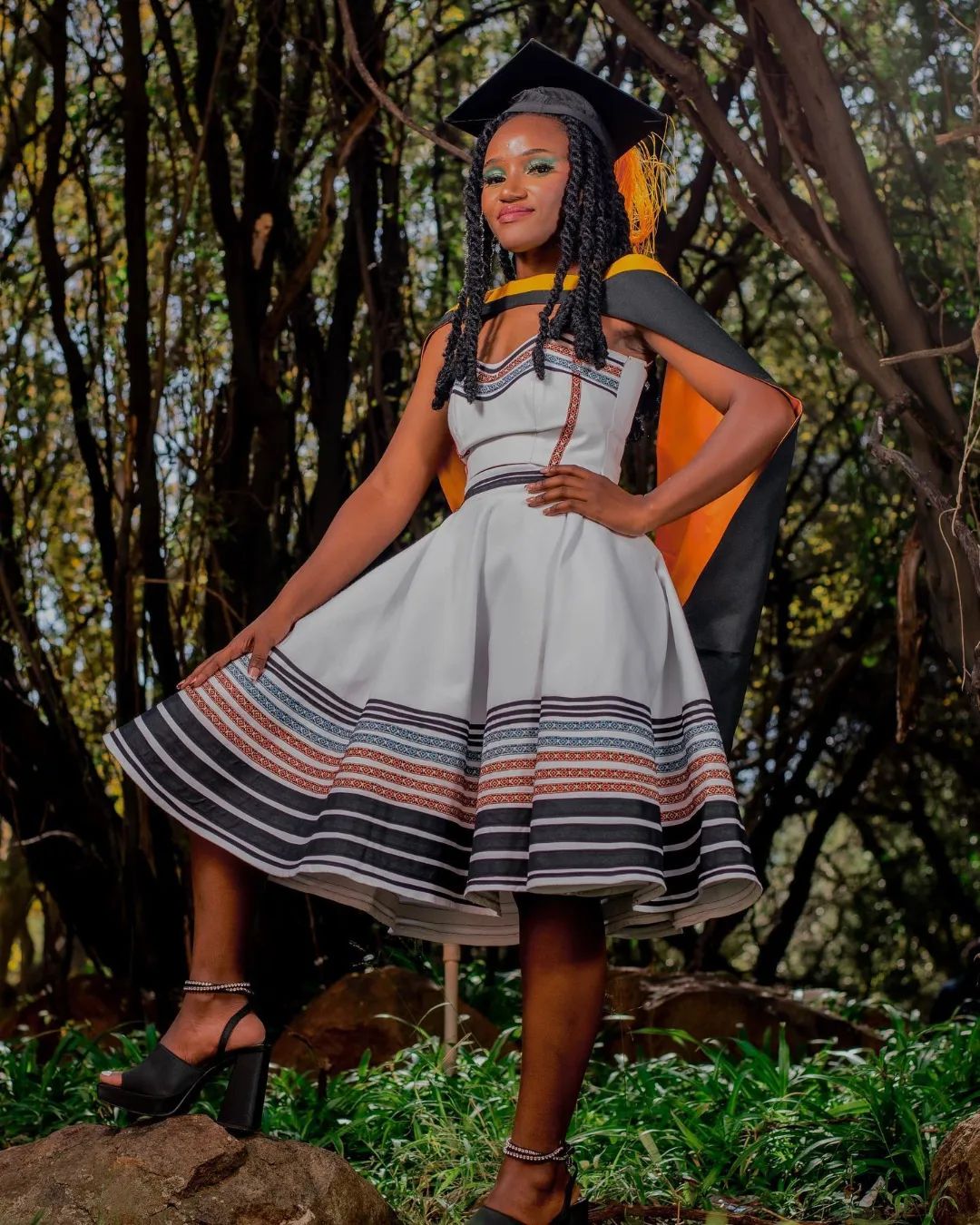
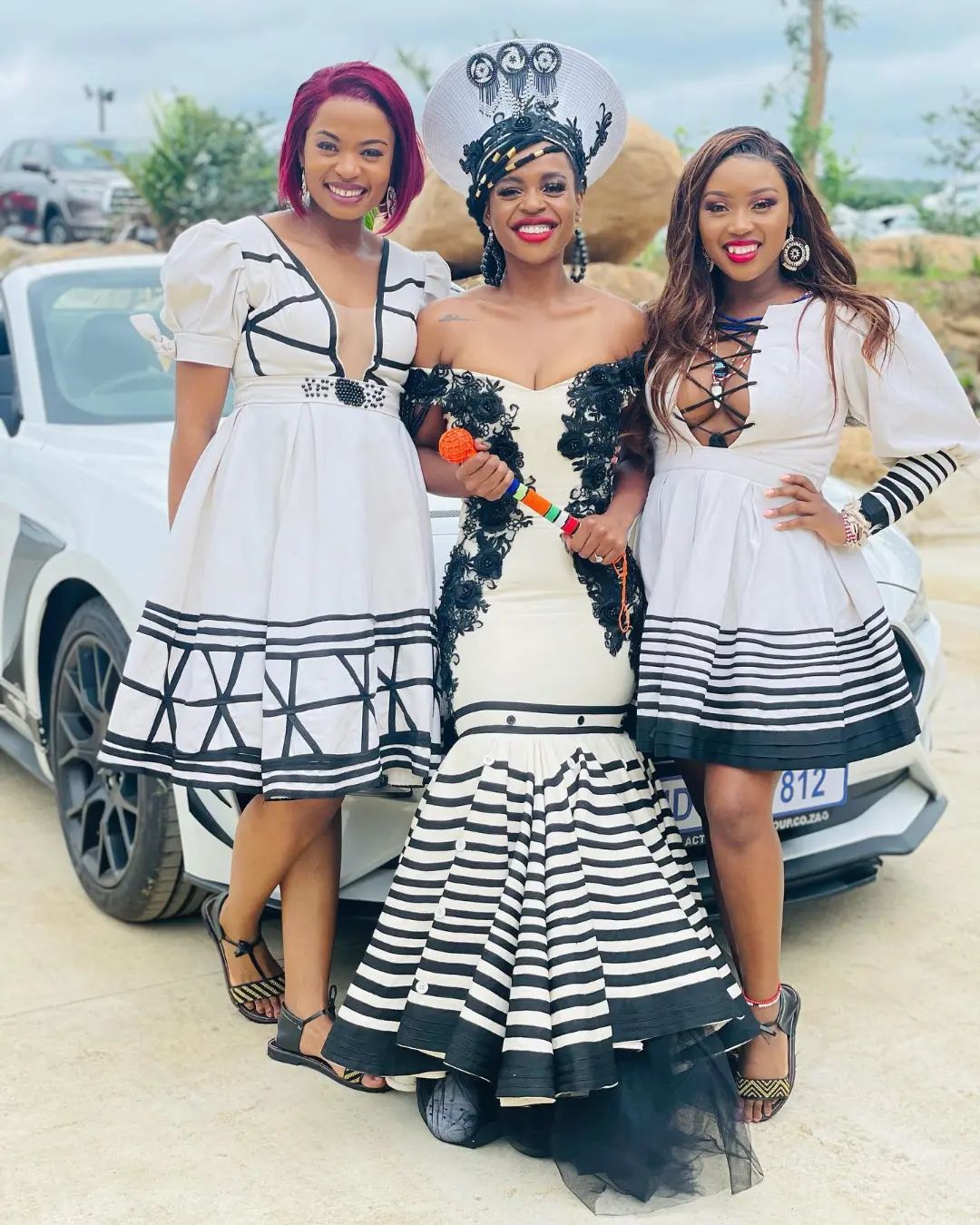
Modern Influences
Xhosa traditional attire has evolved over the years, incorporating modern influences that reflect the changing fashion landscape.
Influence of modern fashion trends on Xhosa traditional attire
Xhosa traditional attire has been influenced by modern fashion trends, resulting in a blend of traditional and contemporary styles. Today, Xhosa garments feature vibrant colors, intricate beadwork, and innovative designs that cater to the preferences of a modern audience. The incorporation of modern silhouettes and fabrics has given Xhosa traditional attire a fresh and fashionable appeal while still honoring its rich cultural heritage. This evolution has allowed Xhosa traditional attire to transition seamlessly into modern fashion platforms such as runway shows and red carpet events. By embracing these modern influences, Xhosa traditional attire continues to captivate and inspire both the Xhosa community and the wider fashion world.
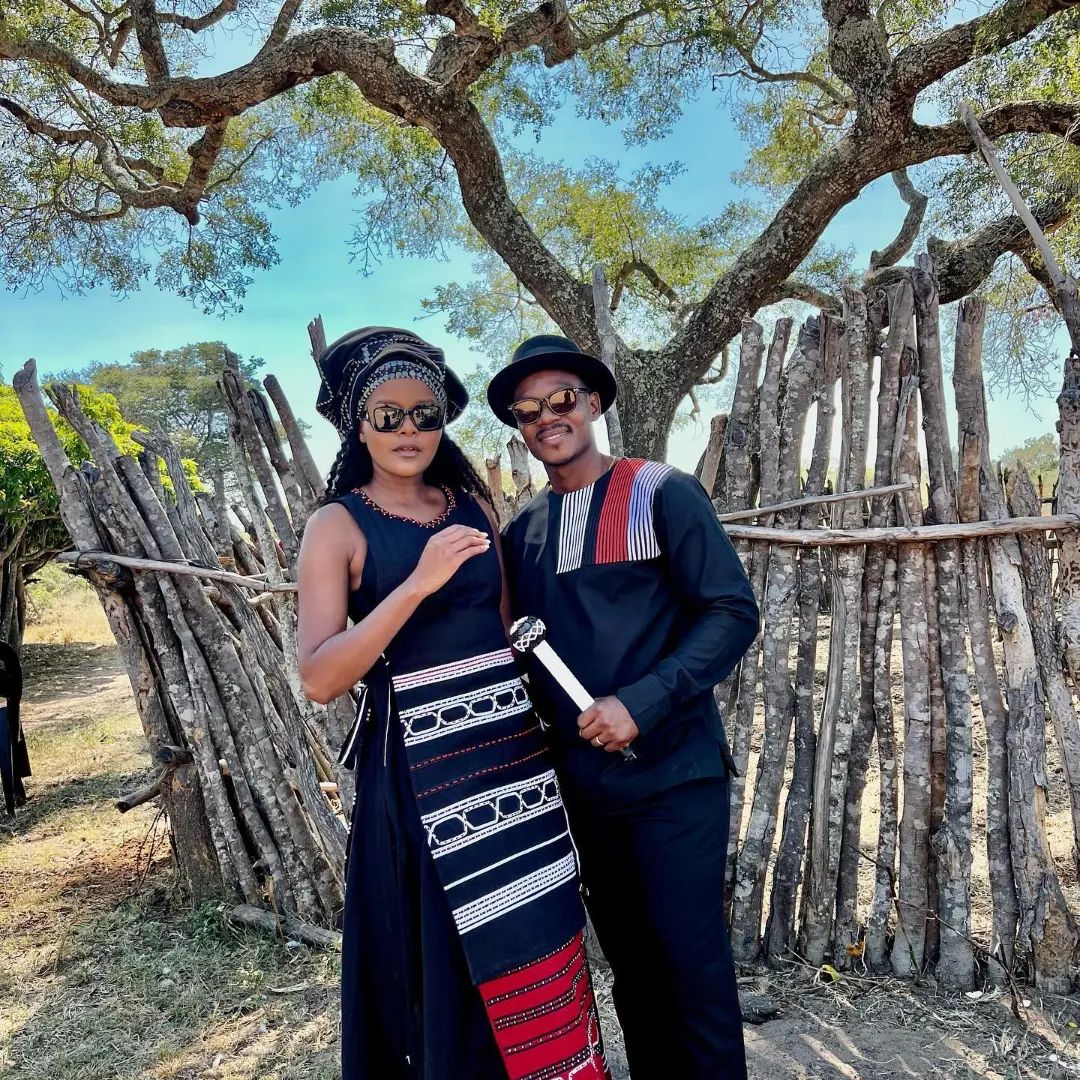
Contemporary Xhosa Fashion Designers
Highlighting notable Xhosa fashion designers who are redefining Xhosa traditional attire
The evolution of Xhosa traditional attire has seen a remarkable transformation from tradition to modern fashion. With the influence of contemporary Xhosa fashion designers, the fusion of traditional elements with modern designs has become a prominent trend.
These designers have embraced the rich heritage of Xhosa culture and incorporated innovative twists into their creations. By blending traditional fabrics, patterns, and styles with modern silhouettes, they have successfully brought Xhosa traditional attire into the spotlight of the fashion industry.
Some notable Xhosa fashion designers include:
- Laduma Ngxokolo – Known for his brand MaXhosa Africa, Laduma has gained international recognition for his exquisite knitwear designs that showcase intricate Xhosa patterns and motifs.
- Thabo Makhetha-Kwinana – Fusing traditional Basotho and Xhosa influences, Thabo has established herself as a pioneer in creating modern African-inspired designs, particularly with her signature “blanket coats.”
- Tina Ngxokolo – Tina, sister to Laduma Ngxokolo, has made a name for herself with her fashion line called Tina-Nga which focuses on redefining Xhosa aesthetics through contemporary designs.
- Chu Suwannapha – Although not of Xhosa descent himself, Chu Suwannapha is dedicated to showcasing the beauty of Xhosa traditional attire through his work as a stylist and fashion influencer.
These designers are not only preserving the cultural heritage of the Xhosa people but also bringing it to new heights by making it relevant and accessible in today’s fashion scene. Through their creative vision, they are redefining Xhosa traditional attire and inspiring a new generation to embrace their roots while embracing modern fashion trends.
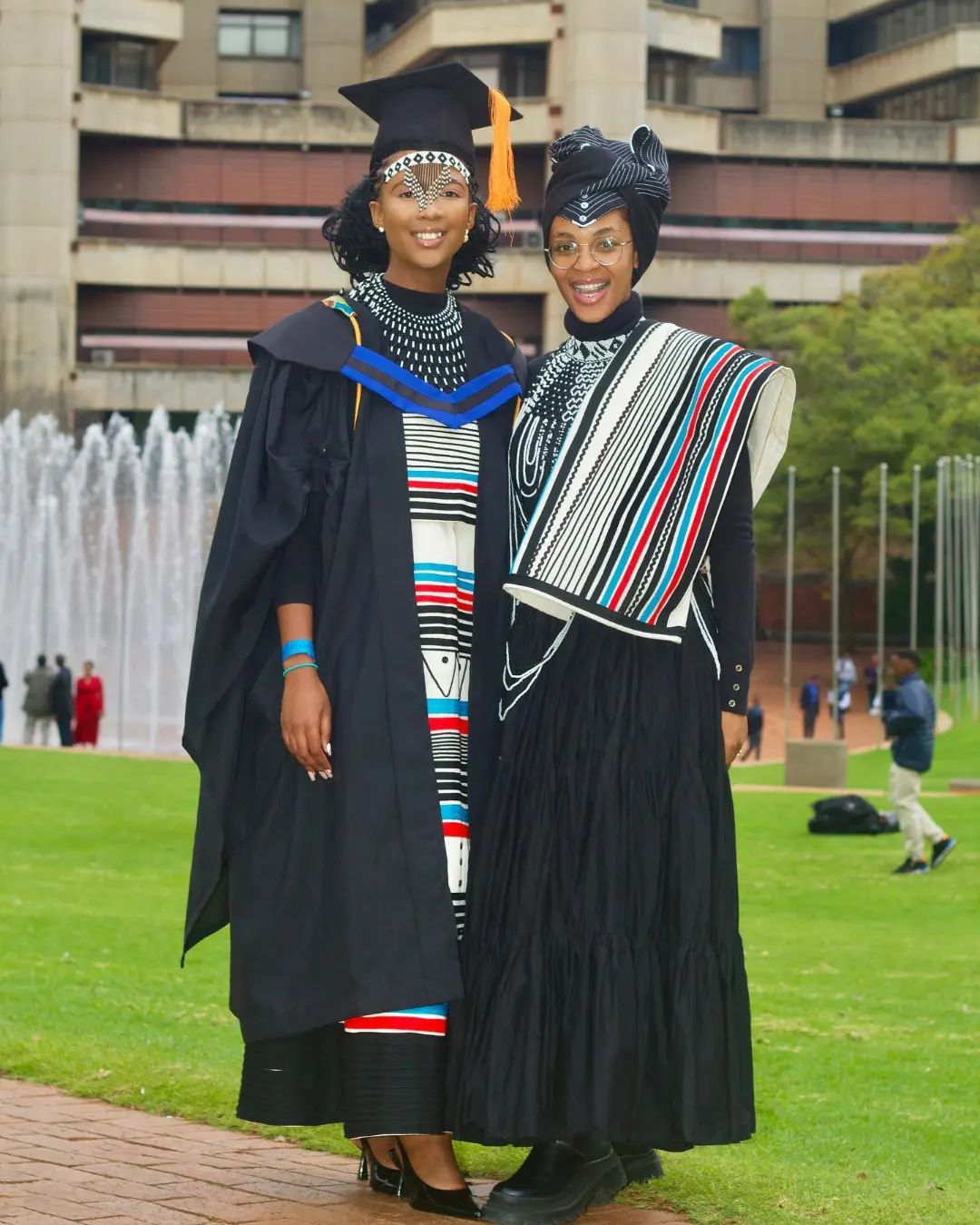
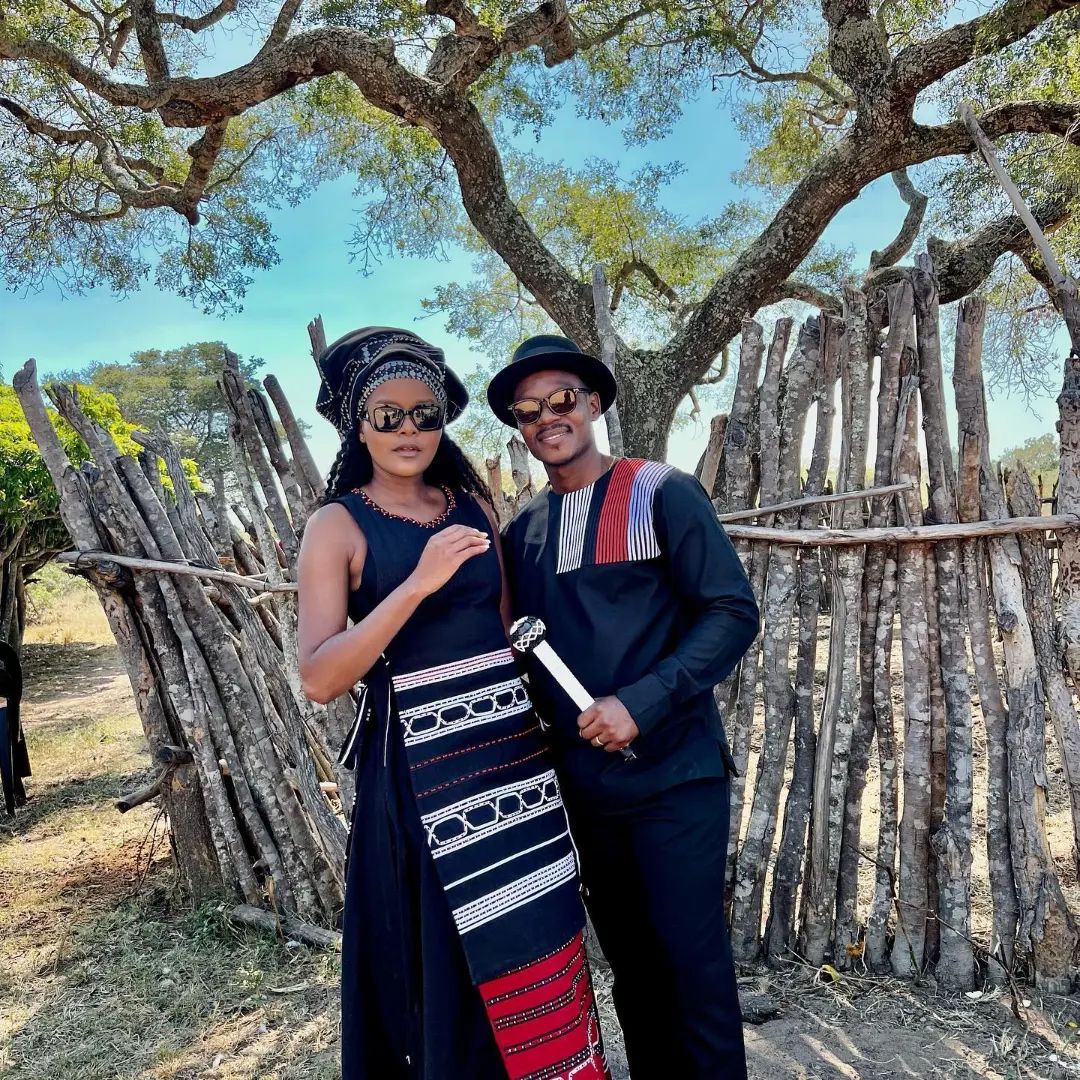
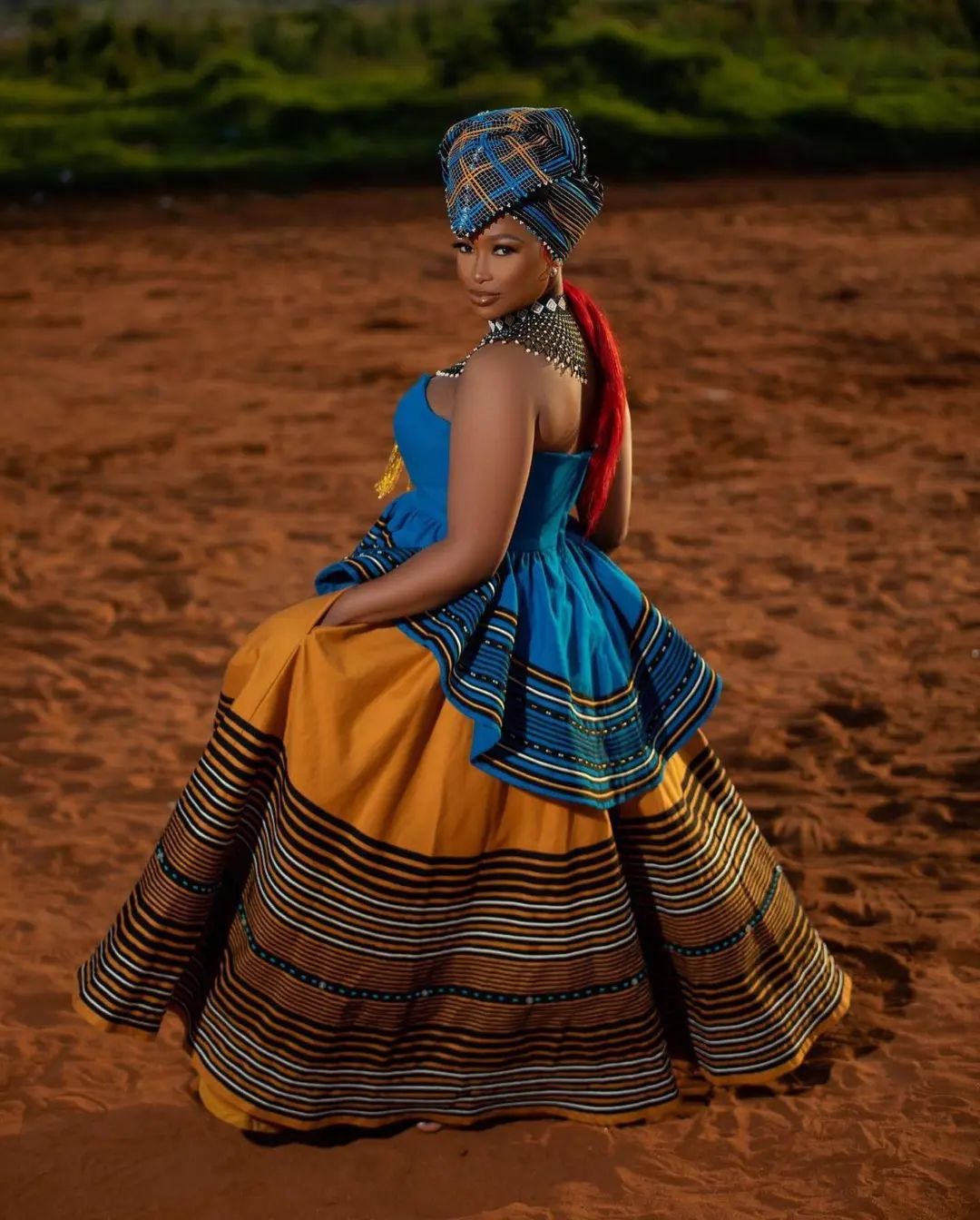
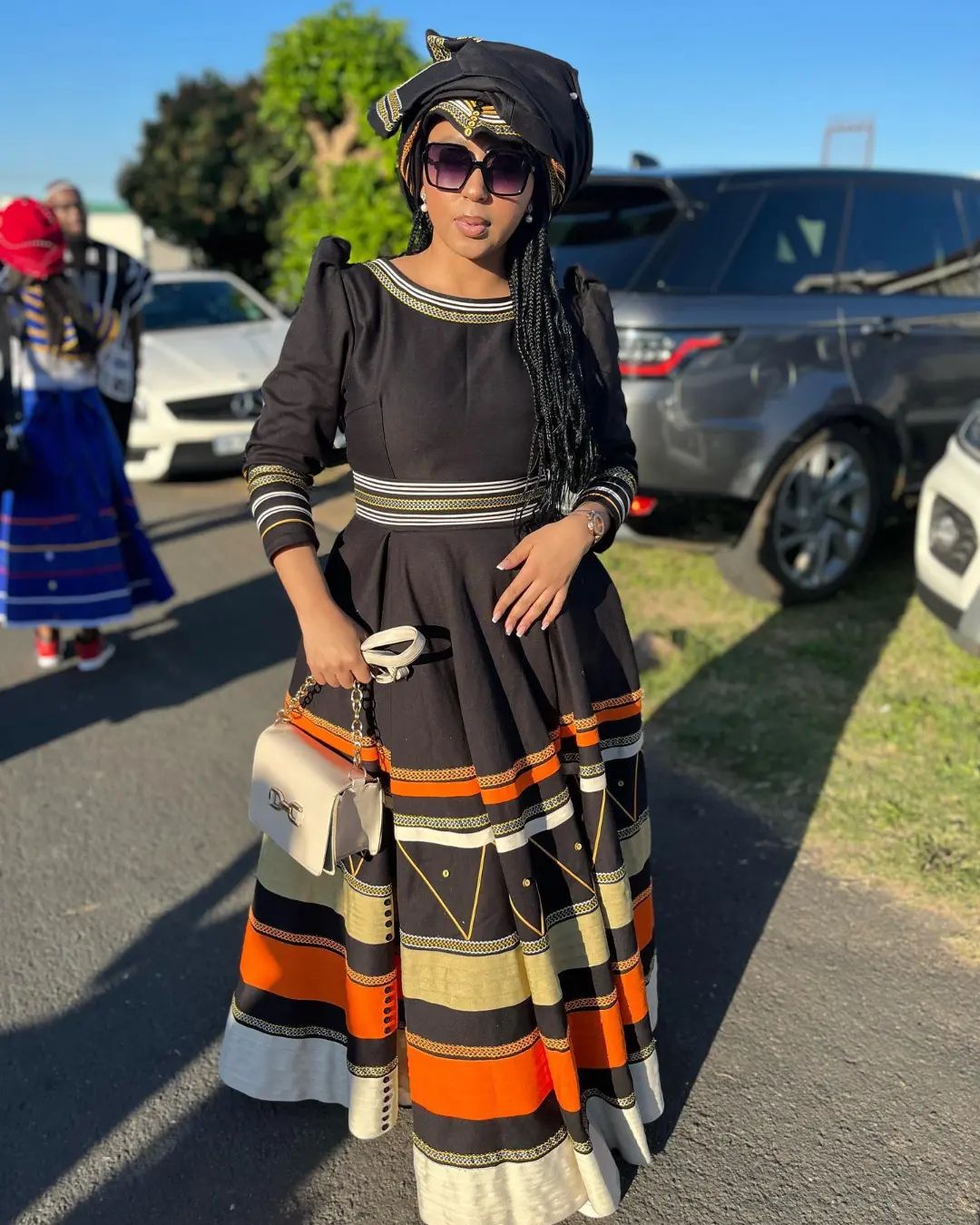
Xhosa Traditional Attire in Popular Culture
Exploring how Xhosa traditional attire is represented in movies, music, and other forms of media
Xhosa traditional attire has a rich heritage that dates back centuries. More than just clothing, it is an integral part of the Xhosa culture and identity. Over time, this traditional attire has evolved, blending tradition with modern fashion trends.
In pop culture, Xhosa traditional attire has gained popularity and recognition. Movies like “Black Panther” showcased the beauty of Xhosa attire on the global stage, putting it in the spotlight and inspiring fashion enthusiasts around the world.
Music videos and performances by popular artists often incorporate elements of Xhosa traditional attire. The vibrant colors, intricate beadwork, and stylish designs have become a source of inspiration for fashion designers, photographers, and creatives across different mediums.
Other forms of media, such as fashion magazines and social media platforms, also play a significant role in promoting Xhosa traditional attire. They provide a platform for individuals to showcase their personal style while celebrating their cultural heritage.
This increased representation in popular culture has allowed Xhosa traditional attire to transition from being purely traditional to merging with modern fashion trends. Today, you can find unique combinations of traditional elements with contemporary fabrics, cuts, and styles.
As Xhosa traditional attire continues to evolve, it remains a powerful symbol of cultural pride and identity. It serves as a reminder of the rich heritage passed down through generations while embracing the beauty of modern fashion influences.
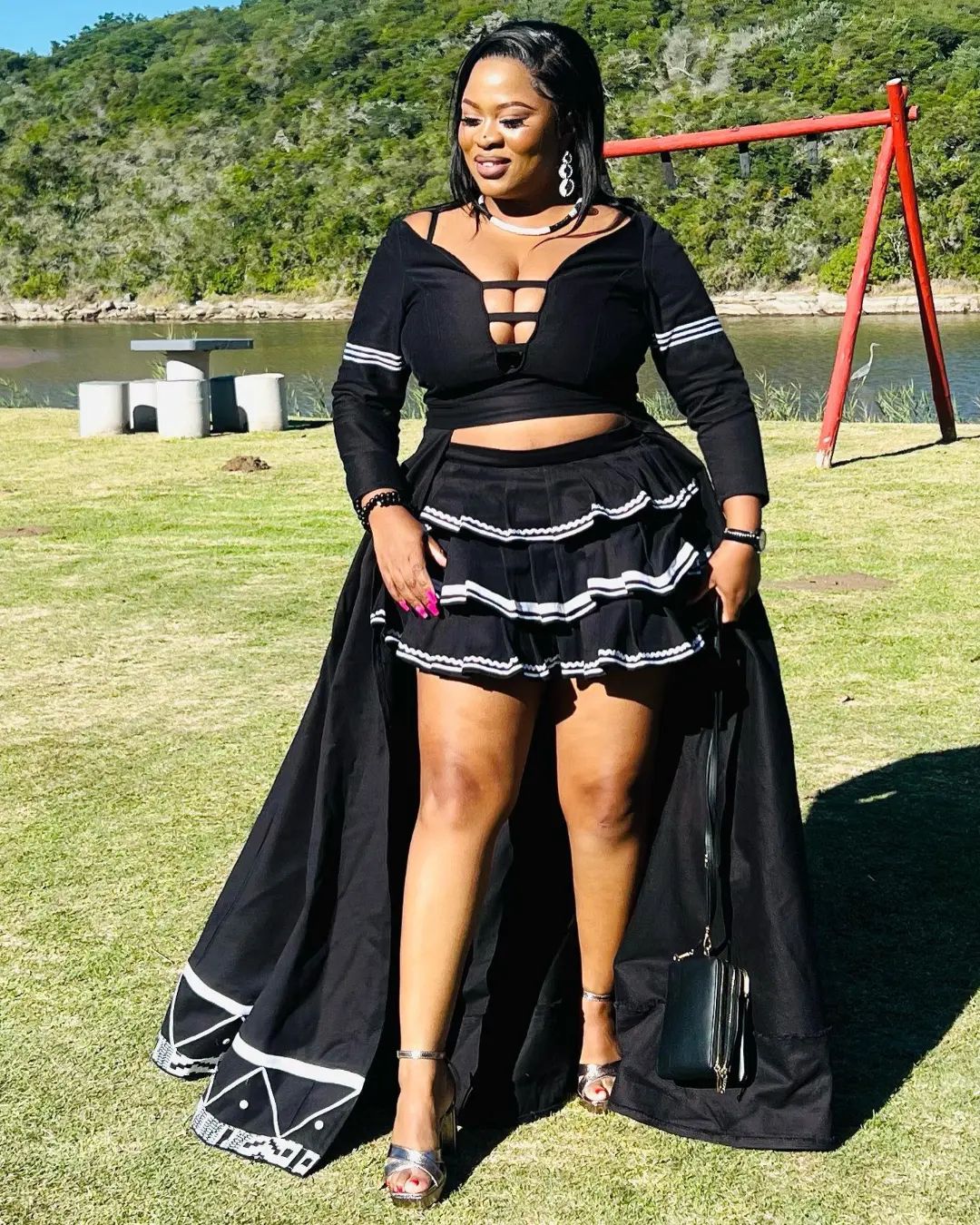
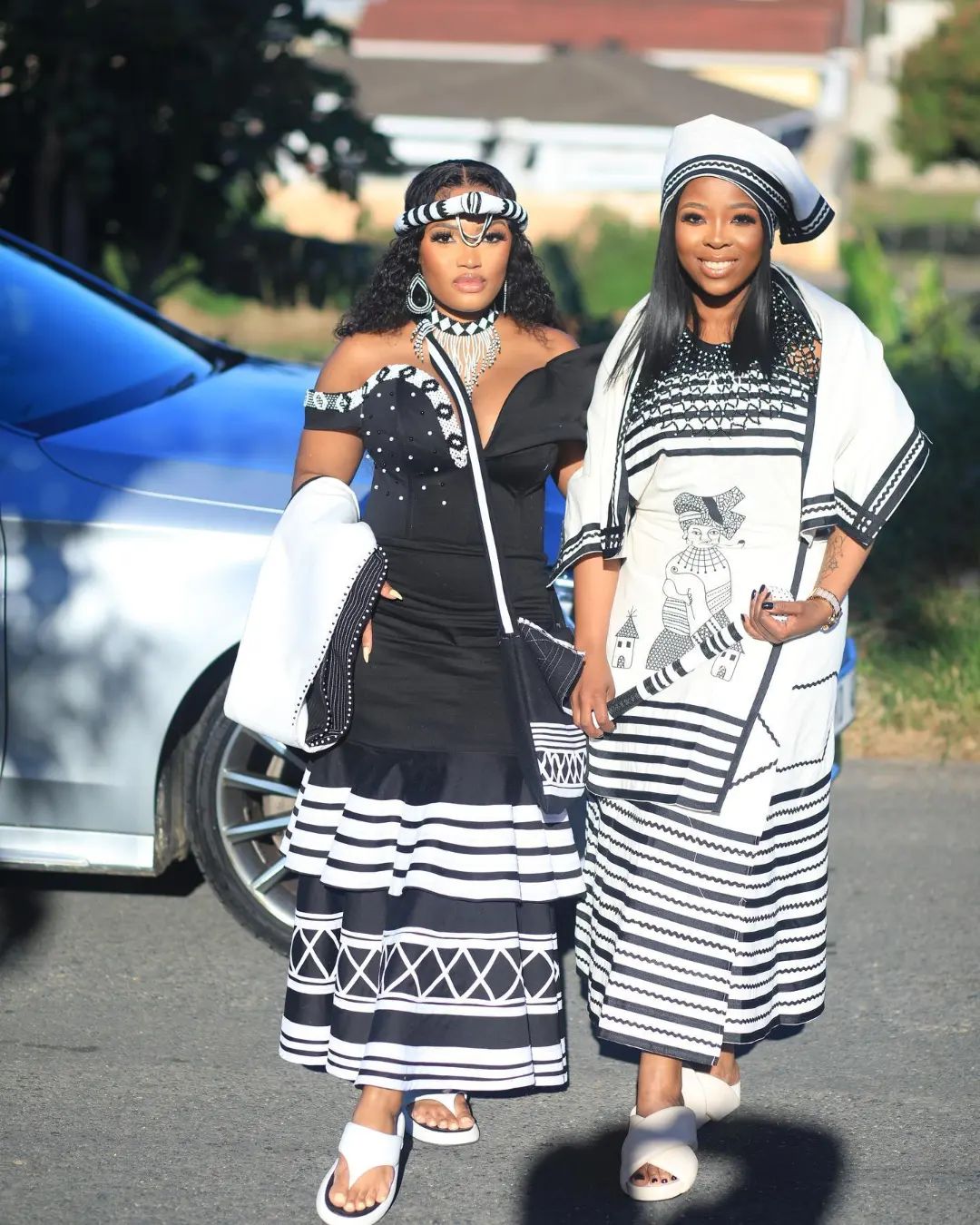
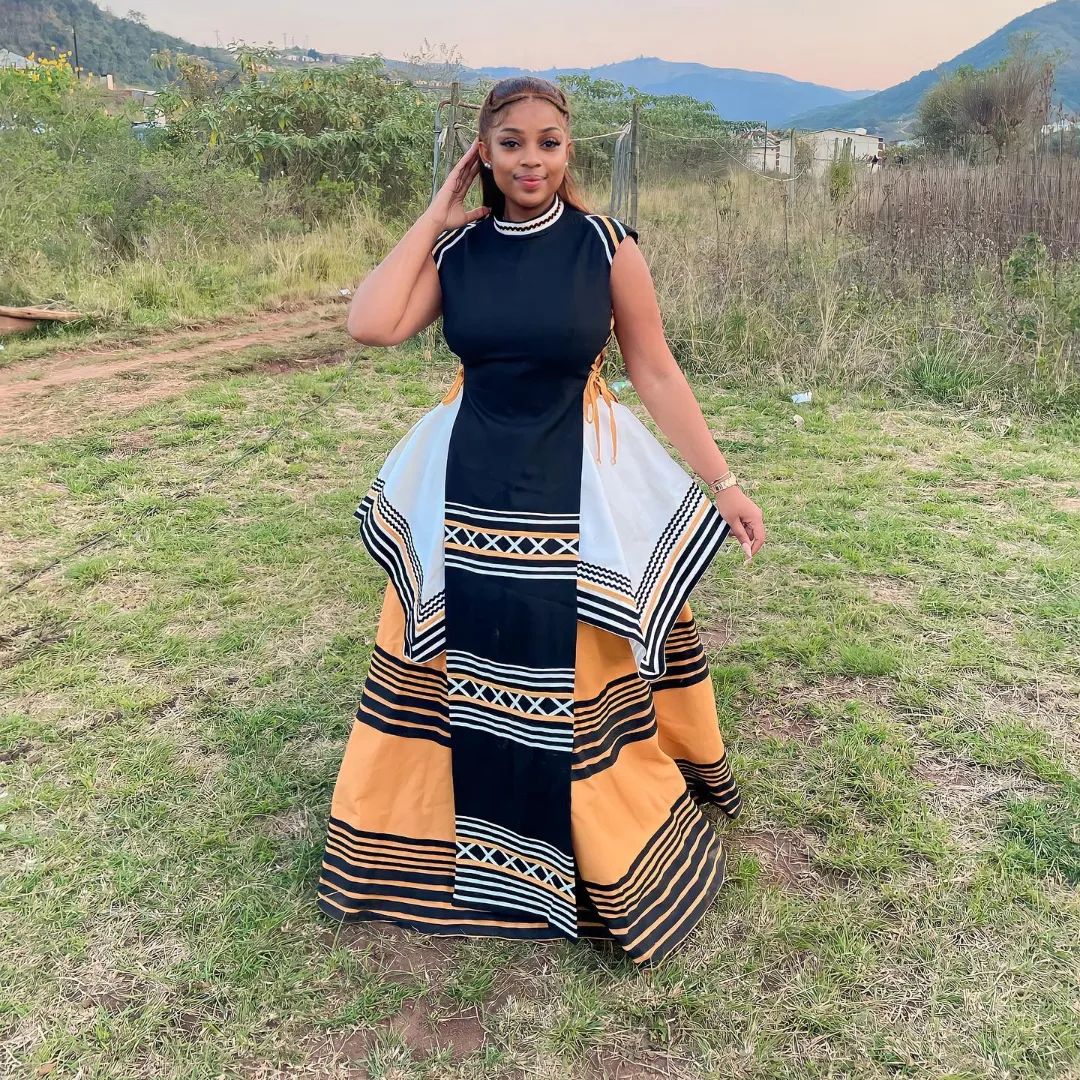
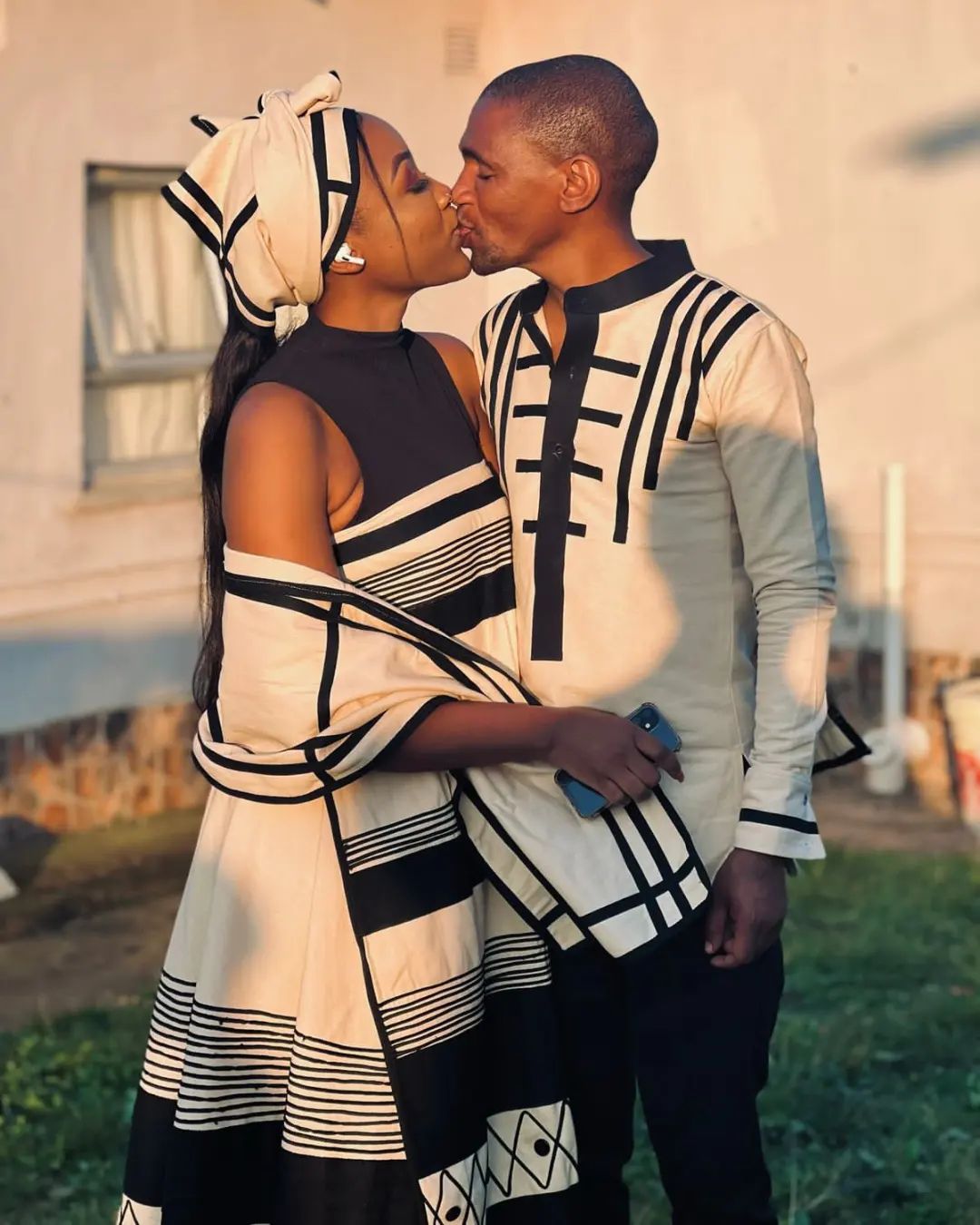
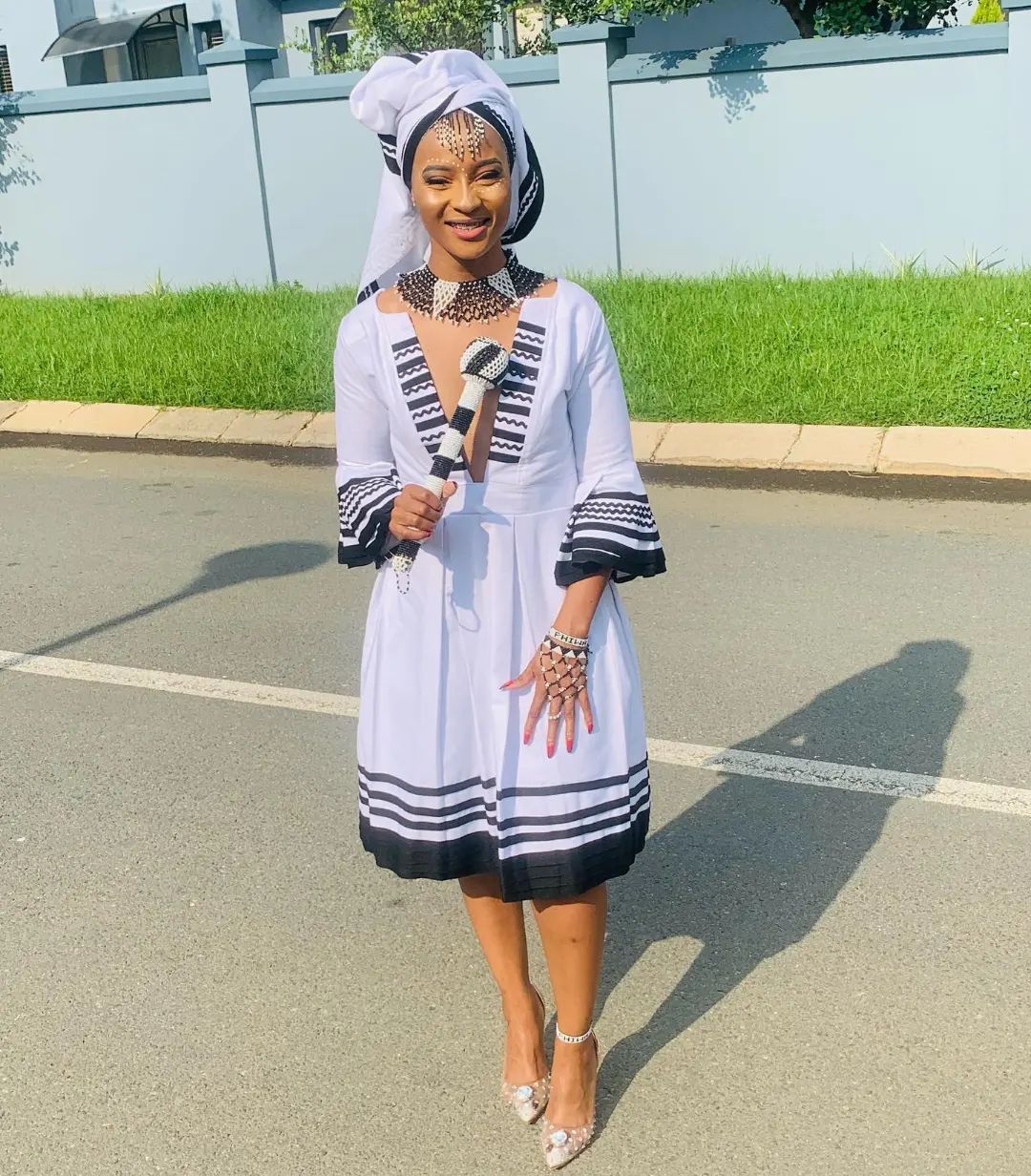
The Evolution of Xhosa Traditional Attire: From Tradition to Modern Fashion
Xhosa traditional attire has a rich history that has evolved over the years, blending tradition and modern fashion. From vibrant colors to intricate beadwork and unique patterns, Xhosa clothing is a testament to the cultural heritage of the Xhosa people.
The traditional attire reflects the beliefs, customs, and values of the Xhosa community. It plays a significant role in ceremonies and celebrations, signifying milestones and cultural identity. However, with the changing times, challenges have arisen in preserving this ancient art form.
Challenges and Preservation Efforts
Preserving Xhosa traditional attire faces various challenges. One of them is the influence of Western fashion trends. As young generations embrace modernity, traditional clothing can be seen as outdated or less fashionable. This poses a risk of losing this essential cultural expression.
Efforts are being made to promote the preservation of Xhosa traditional attire. Fashion designers are incorporating traditional Xhosa elements into modern designs, creating a fusion that appeals to younger generations. Additionally, cultural festivals and events showcase traditional attire, increasing awareness and appreciation for its significance.
The role of social media should not be underestimated in preserving Xhosa traditional attire. Platforms like Instagram highlight the beauty and diversity of Xhosa fashion, reaching a global audience. This exposure encourages pride in cultural heritage and inspires individuals to incorporate elements of Xhosa attire into their everyday style.
In conclusion, despite the challenges faced in preserving Xhosa traditional attire, there are ongoing efforts to ensure its survival. The fusion between tradition and modern fashion provides a bridge that allows younger generations to connect with their roots while embracing contemporary trends. By celebrating and promoting this unique cultural expression, Xhosa traditional attire can continue to evolve and thrive in the modern world.
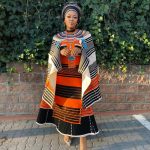
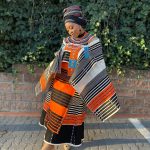
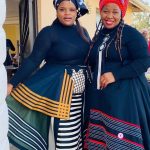

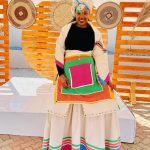


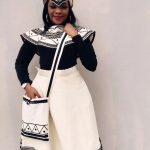

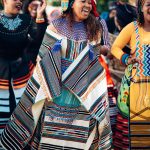

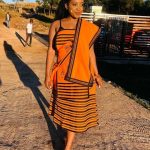
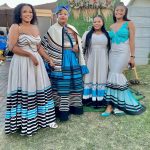
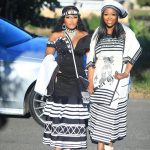



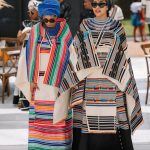




Comments are closed.